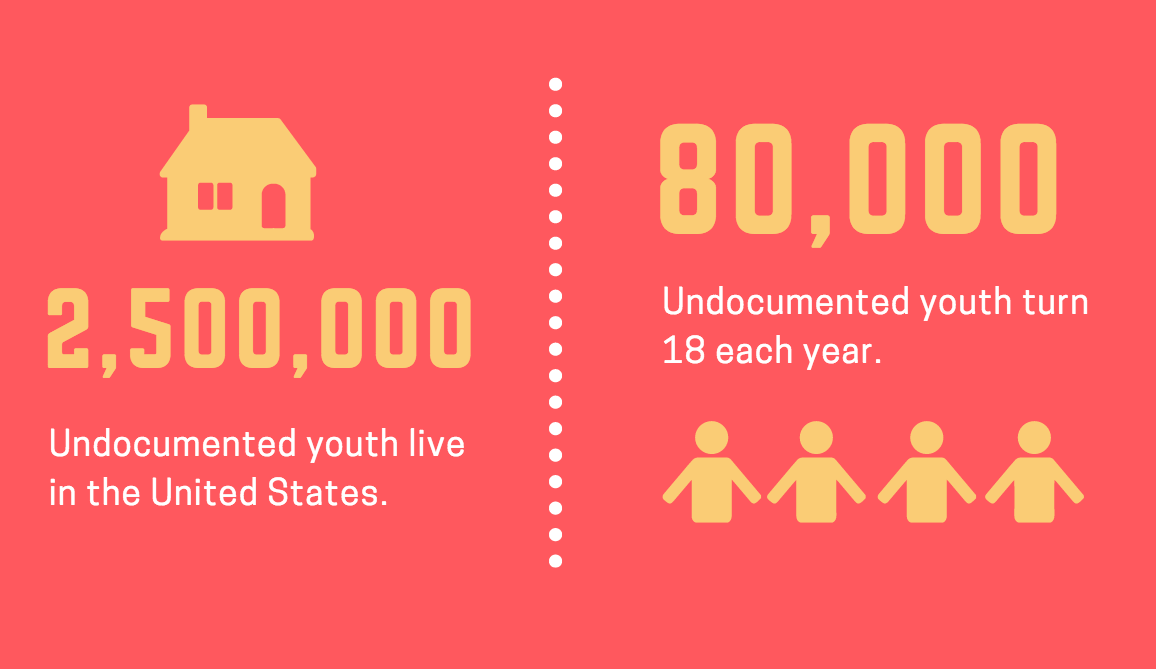
Nationally it has been a waiting game for Dreamers — young undocumented immigrants — since President Trump ordered an end to the DACA program last September. Politicians and the courts continue to hash it out leaving many Dreamer’s feeling restless and disappointed. Despite this Dreamers and allies are working to make changes locally as they wait for changes on a national level.
Central New Mexico Community College and The University of New Mexico faculty and staff gathered with the New Mexico Dream Team on Saturday, March 24, to strategize ways in which to best support immigrant youth and their families.
The New Mexico Dream Team is the biggest immigrant grassroots organization in New Mexico with more than 27 chapters across the state. It originally began four years ago as the UNM Dream Team.
“That’s where our roots are,” NM Dream Team organizer Felipe Rodriguez Romero said. “Educators wanted to get involved and started organizing themselves and forming groups.”
One of those groups is the UndocuTask Force, a collaborative effort to strengthen resources and support services for undocumented students at UNM. Their focus is also on establishing a formal network that includes internal campus units and community partners.
UNM faculty and instructors have also organized the Sanctuary Campus Group to stand in solidarity with undocumented students by pushing to make UNM a Sanctuary Campus.
The forum was centered on finding ways to collaborate to create sanctuary spaces on campuses and finding ways that staff and faculty can leverage their influence to make higher education a safer space for undocumented students.
“We’re just finishing up the Dream Act Now campaign, where we did a lot of organizing and mobilizing, so now we’re really focusing more on students,” NM Dream Team Education Equity organizer, Selene Galindo said.
Inside a local Albuquerque church the 40 attendees of the forum were split into four tables. Half of the room were Dreamers.
They used purple Crayola markers to write up how they felt supported by UNM and where they felt unsupported. Faculty and staff members were then presented with this information and given time to ask questions.
They brainstormed next steps which were put into an action plan. Dreamers did express feeling supported by UNM by having access to in-state tuition in NM and via various support groups. However, better outreach and bigger-picture “narrative change” were still needed.
“We’re trying to put our trainings into something that can be replicated in other schools like CNM, across New Mexico and across the country,” Romero said. The Dream Zone training is intended to change policy and the campus climate to create a “Dream campus.”
The Dreamers at the forum felt that there were actions that faculty and staff at UNM and CNM could take. Some of these actions include using their leverage as educators to advocate for scholarship requirements and to ask other departments to support undocumented students.
Each year 65,000 undocumented youth graduate from high school of which only 5 to 10 percent enroll in college. Of these undocumented youth enrolled in college, only 1 to 3 percent graduate each year.
Navigating higher education while undocumented can be difficult or confusing, Galindo said. Some grad programs at UNM require a social security number on their application.
“It’s small, but we need tips from our educators about current information, resources for undocumented students to show support,” Galindo said.
The Dreamers also requested that there is more communication about S.B. 582, a bill that prohibits the denial of admission or eligibility for aid for undocumented students. The bill was passed in 2005 granting state-funded financial aid to all residents of New Mexico regardless of immigration status.
Many of their asks were centered on outreach – the resources available aren’t always well-known. For instance undocumented students are able to apply for FAFSA through a paper form offered at UNM’s One-Stop.
Another issue brought up was the accessibility of resources on campus: there should be a resource center on campus for undocumented students.
“One of the things we’re doing is departmental organizing, which is being done right now but it is still new for us,” said Rebecca Schreiber, an American Studies professor at UNM. “We’re meeting to establish different sanctuary policies possible for our university even if it’s just internally through a department.”
“One of the items we’re bringing to that organizing is a syllabus statement,” Schreiber said. A syllabus statement would establish the classroom as a sanctuary space in which the teacher would establish that undocumented students would be able to confide with their teacher without the threat of anti-immigrant sentiment or legal action.
This includes providing a sense of security if a student were to feel scared to report a Title IX violation, she said.
The NM Dream Team is planning a collaborative meeting with new UNM President Garnett S. Stokes the UndocuTask Force and the Sanctuary Campus Working Group.
You can follow Christina Rodriguez on Twitter.